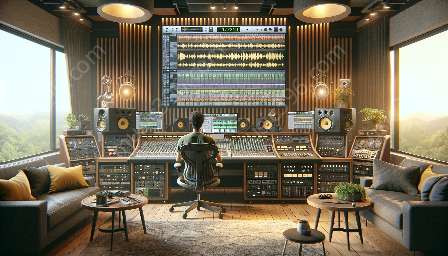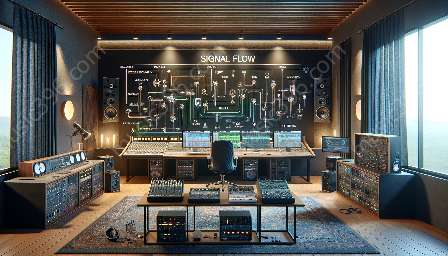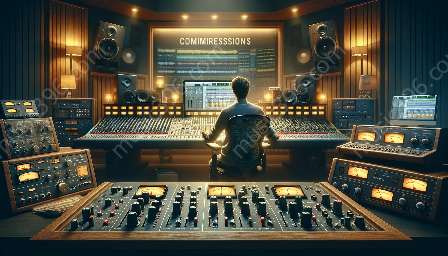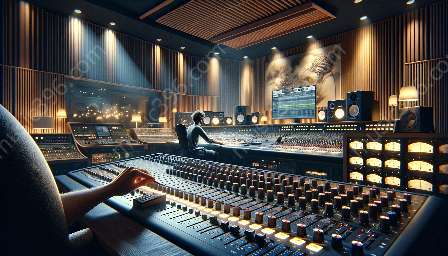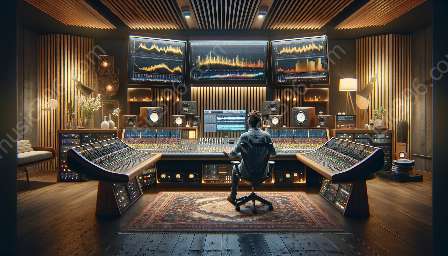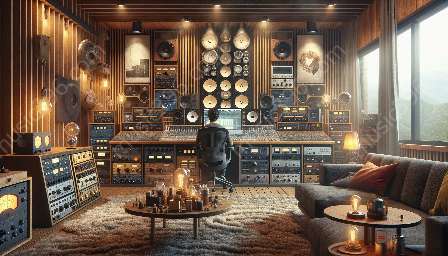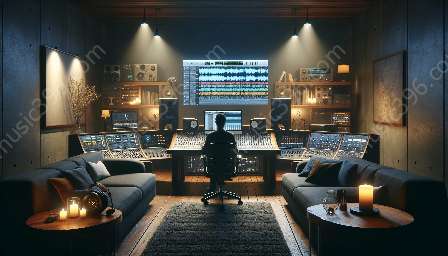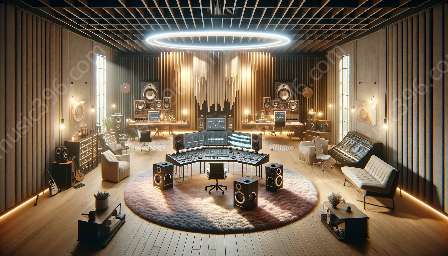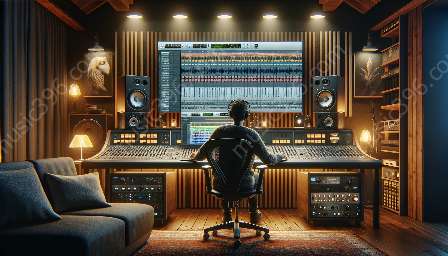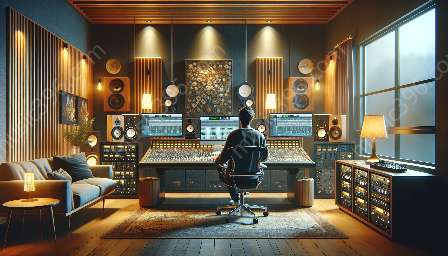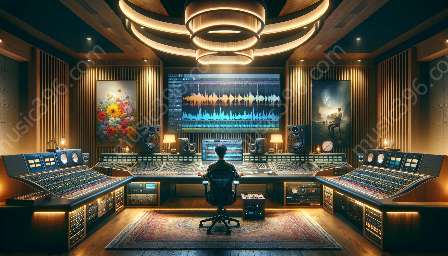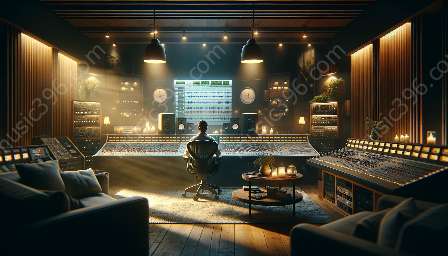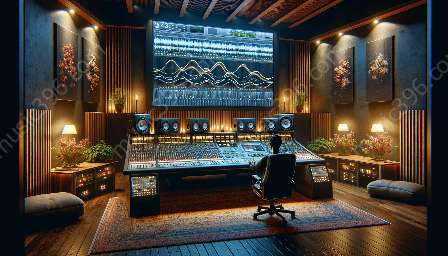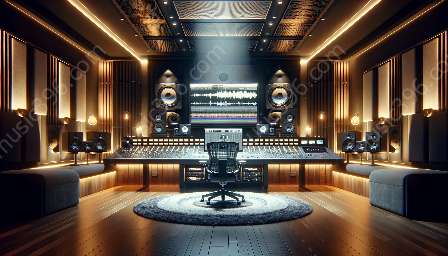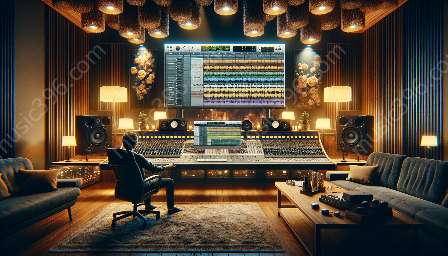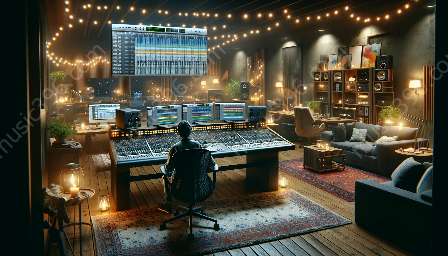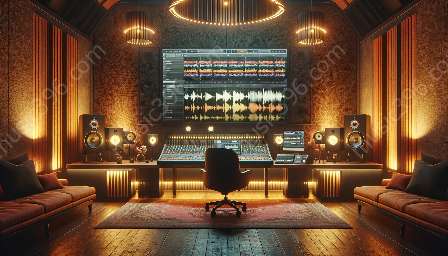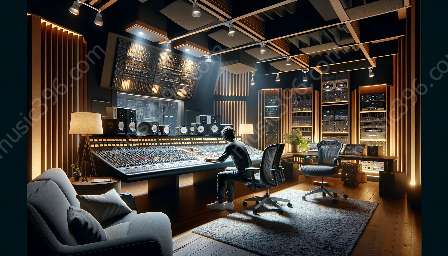When it comes to audio mixing and mastering, the role of acoustics is paramount. Now, let's delve into how architectural and structural design influence the acoustical properties of a mixing and mastering facility.
Understanding the Role of Acoustics in Mixing and Mastering
Before exploring the impact of architectural and structural design, it's essential to understand the role of acoustics in mixing and mastering. Acoustics play a crucial role in the quality and fidelity of sound reproduction. In a mixing and mastering facility, proper acoustics ensure that the sounds produced and manipulated accurately represent the original recorded content. This involves controlling reflections, reverberation, and overall sound propagation to achieve a balanced and accurate sonic reproduction.
Impact of Architectural Design
Architectural design significantly affects the acoustical properties of a mixing and mastering facility. The layout, shape, and dimensions of the room can influence how sound behaves within the space. For instance, the size of the room and the placement of walls, ceilings, and floors can impact the diffusion, absorption, and reflection of sound waves. A well-designed room can provide an acoustically neutral environment where sound is accurately perceived without coloration or distortion.
Furthermore, the positioning of critical audio components, such as speakers and mixing consoles, is integral to architectural design. The placement of these components in relation to the room's dimensions and surfaces directly impacts sound dispersion and reflections. Proper architectural design aims to minimize unwanted sound reflections and standing waves, leading to a balanced sound environment conducive to accurate audio monitoring and sound mixing.
Structural Design's Influence
Structural design plays a vital role in shaping the acoustical properties of a mixing and mastering facility. The materials used for construction, such as walls, ceilings, and floors, impact the room's sound absorption and transmission characteristics. For example, sound-absorbing materials reduce reverberation and control the overall acoustic energy within the space, contributing to a more controlled and accurate listening environment.
In addition, structural design influences the isolation and soundproofing of the facility. Effective sound isolation is critical to prevent external noise intrusion and to contain internal sound within the space. The structural design must address potential sources of structural resonance and vibration transmission, ensuring that the mixing and mastering facility remains free from unwanted acoustic interference.
Considerations for Effective Design
When designing a mixing and mastering facility, several key considerations can optimize the acoustical properties:
- Room Shape and Size: Selecting an optimal room shape and size that minimizes unwanted sound reflections and standing waves is essential.
- Materials Selection: Choosing appropriate construction materials that provide the desired sound absorption, diffusion, and isolation properties is crucial for achieving the intended acoustical environment.
- Speaker Placement: Strategically positioning speakers and monitoring equipment to minimize acoustical interference and optimize sound dispersion is important.
- Sound Isolation: Ensuring effective soundproofing and isolation from external noise sources to maintain a controlled acoustic environment.
Integration with Audio Mixing and Mastering
The impact of architectural and structural design on acoustical properties directly influences the process of audio mixing and mastering. A well-designed facility contributes to accurate sound monitoring, allowing audio engineers and producers to make informed decisions during the mixing and mastering process.
Proper acoustics facilitate precise sound localization, frequency response, and sonic imaging, enabling engineers to identify and address any imperfections in the audio mix. Additionally, a properly designed acoustical environment enhances the accuracy of critical audio adjustments, such as equalization, dynamic processing, and spatial effects, leading to a more refined and professional final sound output.
Conclusion
Architectural and structural design are integral to shaping the acoustical properties of a mixing and mastering facility. By understanding the influence of design on acoustics, professionals in the audio industry can create optimal environments for producing high-quality and accurate sound recordings. The synergy between architectural and structural design with audio mixing and mastering ensures that the final output meets professional standards and delivers an immersive and authentic listening experience.

